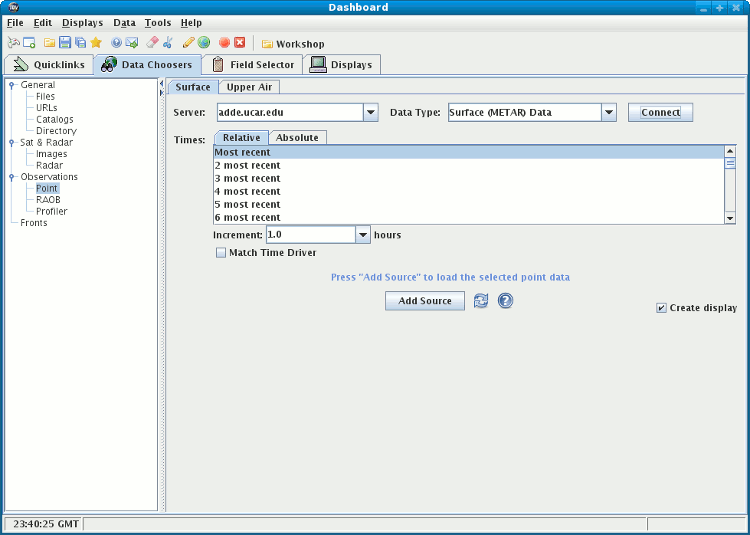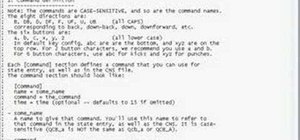Used in marking copy, to instruct the typesetter touse capitals and lowercase.
Camera ready (or camera-ready copy).








A small piece of silicon impregnated with impurities that form miniaturized computer circuits.

Software that tells a computer which output device and connection port to use.

European typographic unit of measure, approximatelyequal to the American pica.

A computer’s “holding place,” a buffer area inmemory for the last material to be cut or copied from adocument. Information on the clipboard can be inserted(pasted) into documents.

Type that is set by means other than casting moltenmetal. A term most frequently used to indicate strike-on composition rather than photo or digital typesetting.

Inscription, frequently placed at the end of a book, that contains facts about its production.

Nonprinting lines that define the location ofcolumns of type.

The generic name for an order or instruction to acomputer.

The combination of a command keyplus character(s) used to instruct a computer to take an action.

In visual organization, the counter-balancing of elements.

Adjustable handheld metal tray, used tohold handset type as it is being composed.

Alternate term for typesetting.






No comments:
Post a Comment